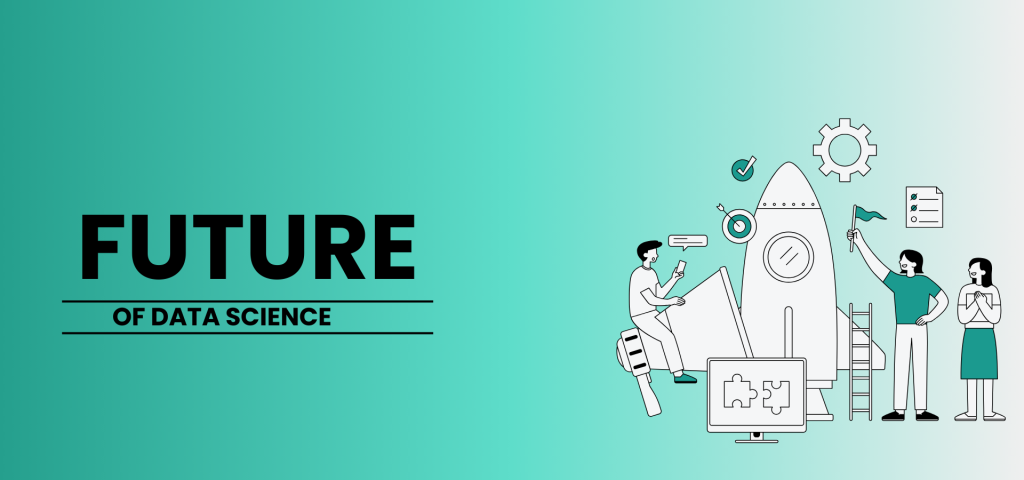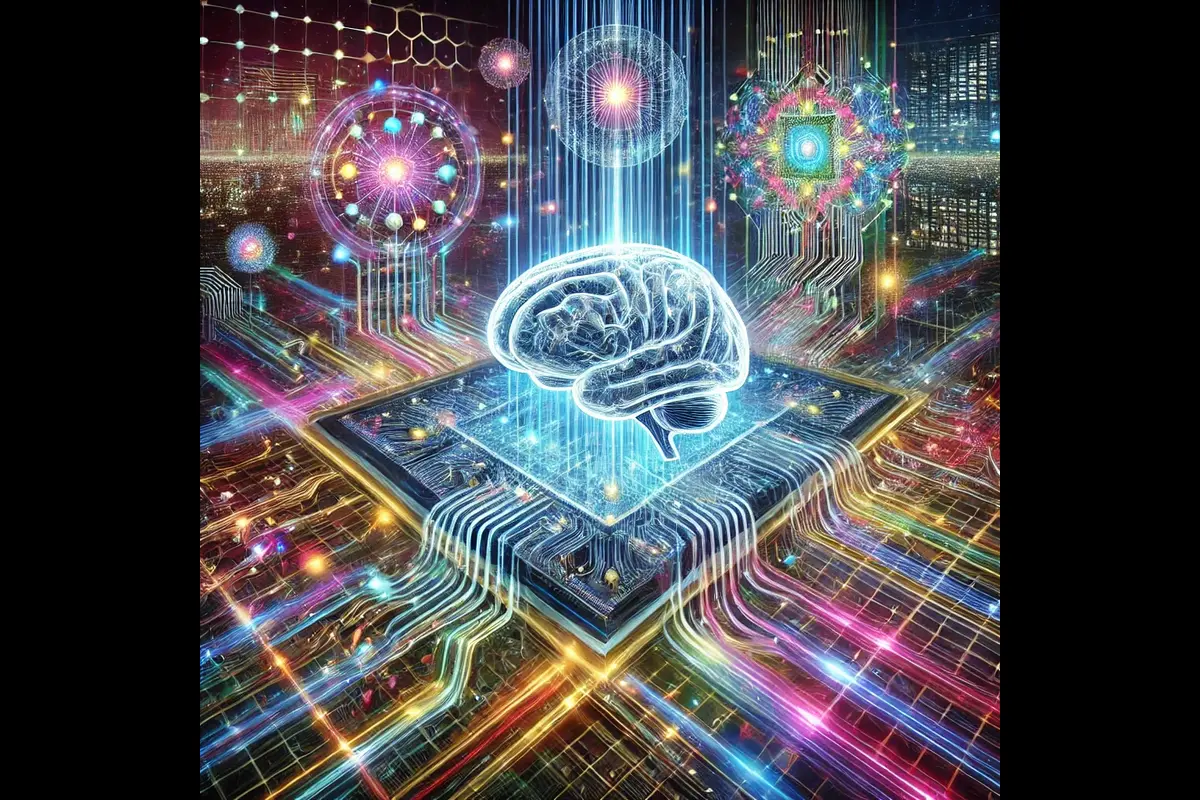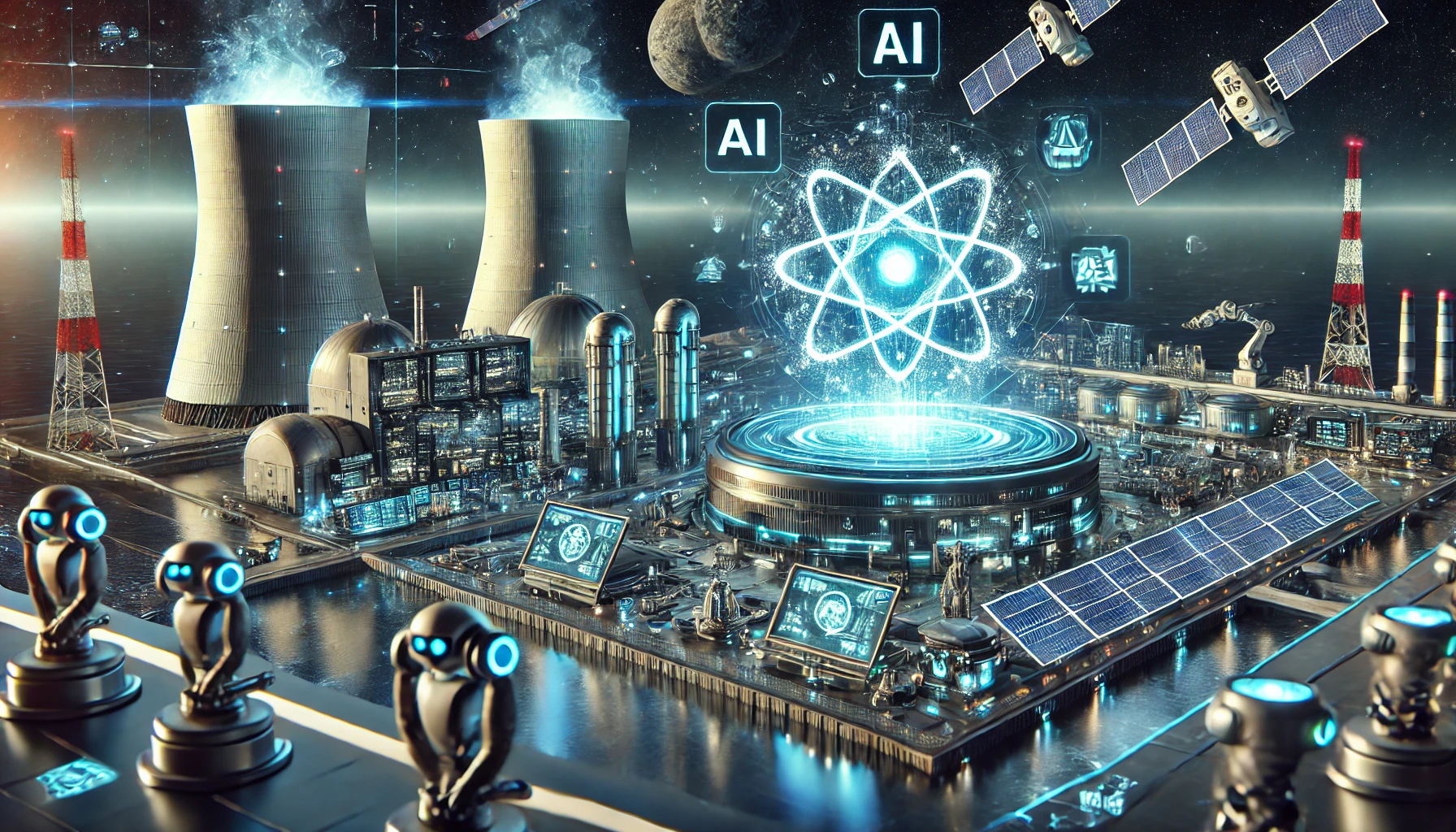The Future of Data Science: Emerging Trends for 2025 and Beyond
As we stand at the cusp of 2025, the field of data science is undergoing a significant transformation. With rapid technological advancements and an ever-growing volume of data, several key trends are shaping the future of this dynamic field. Let’s explore some of the most impactful trends that are set to redefine data science in the coming years.
1. Integration of AI and Machine Learning
One of the foremost trends is the deeper integration of artificial intelligence (AI) and machine learning (ML) into data science workflows. These technologies are becoming more sophisticated, automating repetitive tasks such as data cleaning, preprocessing, and feature engineering. This allows data scientists to focus on higher-value activities like solution design and strategic decision-making.
2. Rise of Generative AI
Generative AI has captured significant attention in recent years. While its potential is immense, the challenge lies in delivering tangible value. Many organizations are still in the experimental phase, but the future promises more production deployments and integration into business processes. This trend is expected to revolutionize various industries by enabling the creation of new content, designs, and solutions.
3. Ethical Considerations and Data Privacy
As data science continues to evolve, ethical considerations and data privacy are becoming increasingly important. Organizations are recognizing the need to handle data responsibly and ensure transparency in their AI models. This trend is driving the development of frameworks and regulations to protect user data and maintain trust.

4. Growth of AutoML
Automated Machine Learning (AutoML) is another trend gaining momentum. AutoML tools are democratizing data science by enabling non-technical users to build and deploy machine learning models. This trend is expected to accelerate the adoption of AI across various sectors, making advanced analytics accessible to a broader audience.
5. Real-Time Data Processing
The demand for real-time data processing is on the rise. With the proliferation of IoT devices and the need for instant insights, organizations are investing in technologies that enable real-time data analysis. This trend is crucial for applications such as predictive maintenance, fraud detection, and personalized customer experiences.
6. Statistics on Data Science Growth
The growth of data science is nothing short of remarkable. Here are some key statistics that highlight this trend:
- Job Market Growth: Employment of data scientists is projected to grow by 36% from 2023 to 2033, much faster than the average for all occupations.
- Market Value: The global market for data science platforms is expected to grow at a compound annual growth rate (CAGR) of 28.8% from 2024 to 2033, reaching a value of USD 1,826.9 billion by 2033.
- Demand Surge: The demand for data scientists has increased by 56% from 2020 to 2022.
- Salary Insights: The average annual salary of a data scientist in the United States is approximately $122,840.
- Data Explosion: The amount of data created globally is expected to reach 175 zettabytes by 2025.
In Conclusion, the future of data science is bright and full of possibilities. As these trends continue to evolve, they will drive innovation and transform how organizations leverage data. Staying abreast of these developments will be key for data professionals and businesses looking to maintain a competitive edge in the digital age.








